

|


|
|
1/10 Scale Electric Drift/Touring Car:
HPI E10 Drift - Discount Tire / Falken Tire Nissan S13 - # 110568 (Radio Controlled Model Review)History and Info:
Introduced by HPI (Hobby Products International) in 2013, based on the E10 Drift Car chassis, the Discount Tire/Falken Tire Nissan S13 - # 110568 - came pre-built RTR, with a Saturn 27T motor, SC-15WP Waterproof ESC, NiMh Battery, Charger, 2.4Ghz Radio System, Falken Azenis RT-615K T-Drift Tires and Dai Yoshihara Wheels. The chassis was designed to allow repositioning of the motor for drift or touring car balance. A number of other bodyshell options were available (Check out our HPI Archive).
▼ Scroll Down for More Images ▼
|








|
|
|

★ HPI Racing E10 Drift - Discount Tire / Falken Tire Nissan S13 Chassis ★
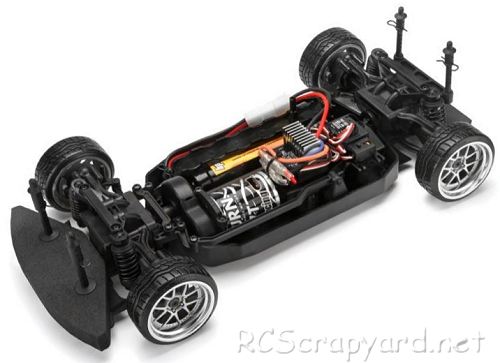
★ HPI Racing E10 Drift - Discount Tire / Falken Tire Nissan S13 Chassis ★
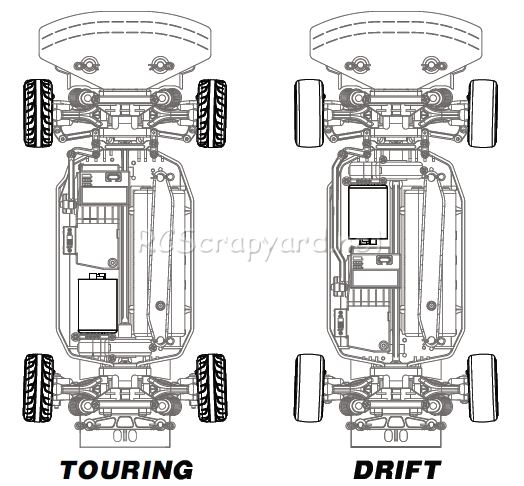
★ HPI Racing E10 Drift - Discount Tire / Falken Tire Nissan S13 Chassis ★
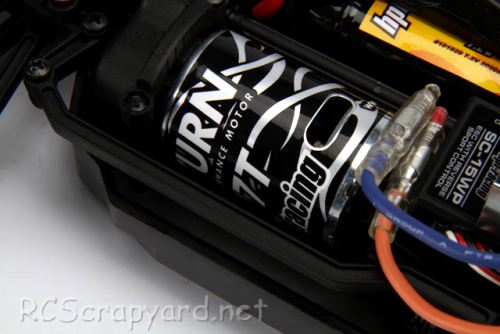
★ HPI Racing E10 Drift - Discount Tire / Falken Tire Nissan S13 Chassis ★
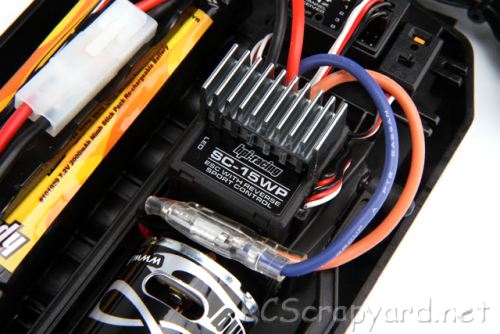
★ HPI Racing E10 Drift - Discount Tire / Falken Tire Nissan S13 Chassis ★
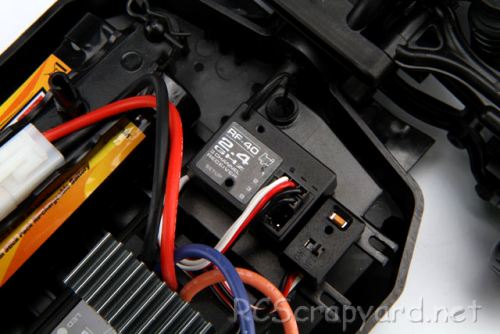
★ HPI Racing E10 Drift - Discount Tire / Falken Tire Nissan S13 Chassis ★
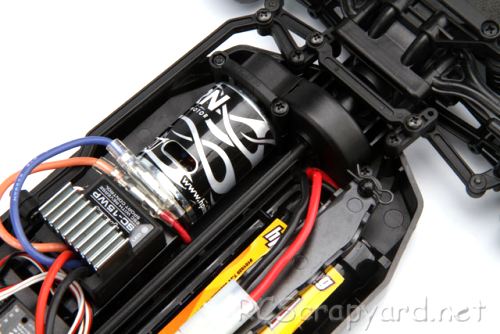
★ HPI Racing E10 Drift - Discount Tire / Falken Tire Nissan S13 Chassis ★
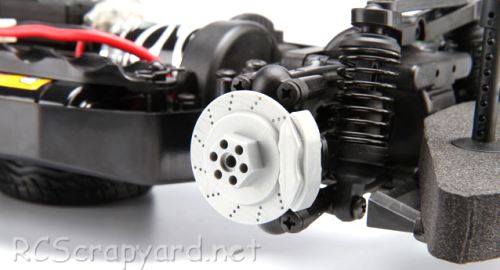
|
Buying a Used HPI E10
|
|
Manufacturers and Brands Catalogued and Listed by RC-Scrapyard.
At present, the RC Model Manufacturers, Brands and Distributors covered by us are: ABC Hobby, Academy, Acme Racing, Agama Racing, Amewi, Ansmann Racing, ARRMA, Team Associated, Atomic RC, Axial, AYK, Bolink, BSD Racing, Capricorn, Carisma, Carson, Caster Racing, Cen, Corally, Custom Works, Durango, Duratrax, ECX - Electrix, Exceed RC, FG Modellsport, FS-Racing, FTX, Fujimi, Gmade, GS-Racing, Harm, HBX, Helion, Heng Long, Himoto Racing, Hirobo, Hitari, Hobao, Hong-Nor, Hot Bodies, HPI, HSP, Intech, Integy, Jamara, JQ Products, Kawada, Kyosho, Losi, LRP, Maisto, Mardave, Marui, Maverick, MCD Racing, Megatech, Mugen, New Bright, Nichimo, Nikko, Nkok, Ofna, Pro-Pulse, Protech, PTI, RC4WD, Redcat Racing, RJ-Speed, Robitronic, Schumacher, Seben, Serpent, Smartech, Sportwerks, Step-Up, Tamiya, Team-C Racing, Team Magic, Thunder Tiger, Tomy, Top Racing, Traxxas, Trinity, Tyco, Vaterra RC, Venom, VRX Racing, WLToys, X-Factory, Xmods, Xpress, Xray, XTM, Yankee RC, Yokomo, ZD Racing and Zipzaps. |
|
Hints, Tips and Information
Wheel Camber - for cornering stability
Camber is described as the angle of the wheel as you look at it directly from the front or rear of your car and if set correctly will improve your cars cornering ability considerably, by providing increased traction. This simple to make adjustment is considered by many to be one of the most effective changes you can make to your car for better handling. |
|
Hints, Tips and Information
Look after your Gears
In RC there are a number of different gear teeth sizes we tend to use, based on two systems. Imperial and metric. |
|
RC Models:
|
Radio & Motors: |
Other
Accessories: |